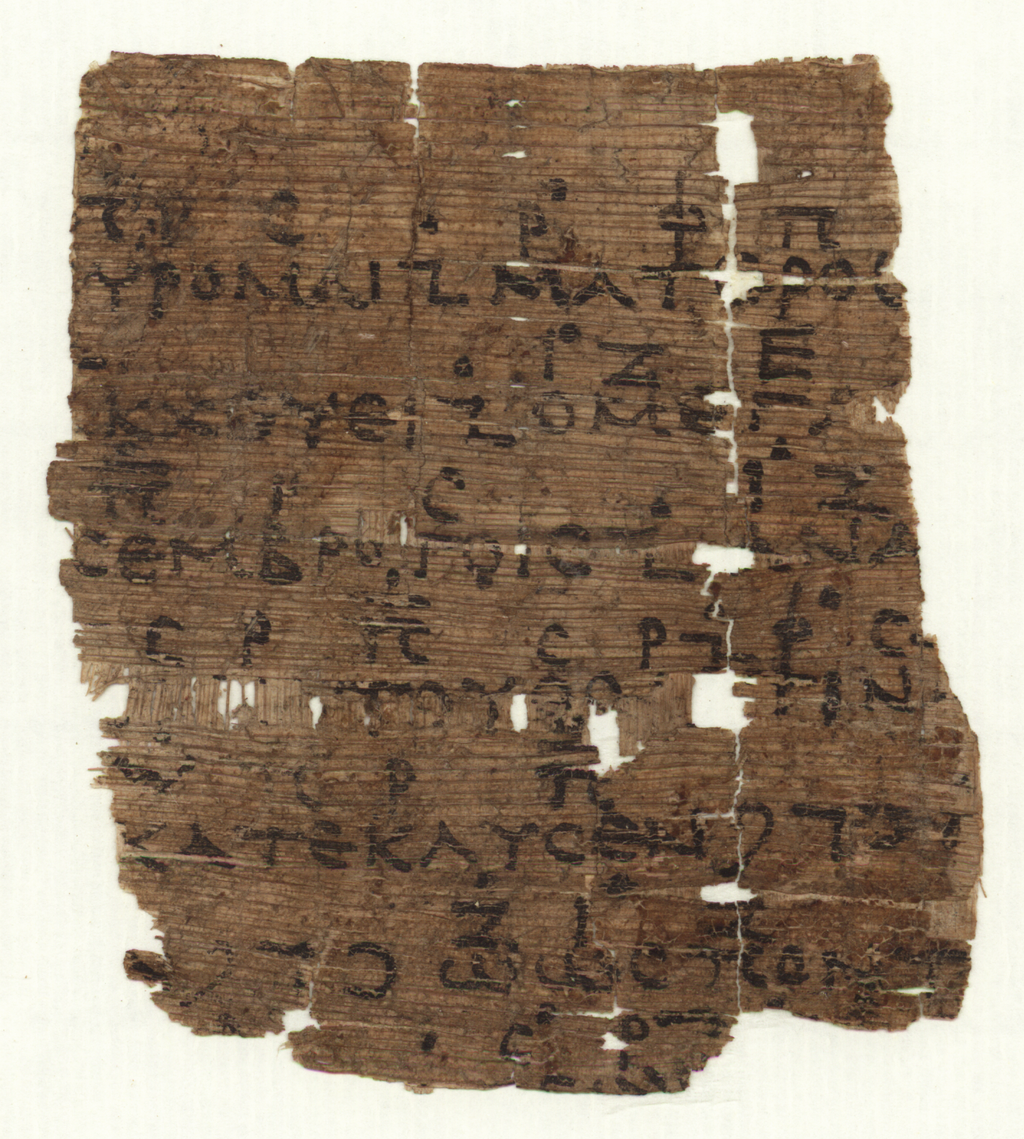Katolophyromai on:
[Wikipedia]
[Google]
[Amazon]
 Katolophyromai ( el, κατολοφύρομαι), is the headword in a musical fragment from the first
Katolophyromai ( el, κατολοφύρομαι), is the headword in a musical fragment from the first
Pages 116-124
(1999) *The Orestes of Euripides Excursus B, the Musical Fragment, Page
203-204
Euripides - Stasimon ('Orestes')
, video2
Euripedes, "Stasimon Chorus" from Orestes (enharmonic)
, video3
Orestes Stasimon (Greek Lyre)
, video4
Coro del Orestes de Eurípides
* Performance b
Daemonia Nymphe
by
Translation of the fragment by Dr. Norman Prinsky
The whole stasimon, lines 316 – 347
in English and Greek from Perseus Project Ancient Greek music Ancient Greek laments Ancient Greek theatre
 Katolophyromai ( el, κατολοφύρομαι), is the headword in a musical fragment from the first
Katolophyromai ( el, κατολοφύρομαι), is the headword in a musical fragment from the first stasimon Stasimon () in Greek tragedy is a stationary song, composed of strophes and antistrophes and performed by the chorus in the orchestra (, "place where the chorus dances").
Aristotle states in the ''Poetics'' (1452b23) that each choral song (or ''mel ...
of '' Orestes'' by Euripides
Euripides (; grc, Εὐριπίδης, Eurīpídēs, ; ) was a tragedian
Tragedy (from the grc-gre, τραγῳδία, ''tragōidia'', ''tragōidia'') is a genre of drama based on human suffering and, mainly, the terrible or sorrowful e ...
(lines 338-344, Vienna Papyrus G 2315). It means "I cry, lament so much." In 1892, among a number of papyri from Hermopolis
Hermopolis ( grc, Ἑρμούπολις ''Hermoúpolis'' "the City of Hermes", also ''Hermopolis Magna'', ''Hermoû pólis megálẽ'', egy, ḫmnw , Egyptological pronunciation: "Khemenu"; cop, Ϣⲙⲟⲩⲛ ''Shmun''; ar, الأشموني ...
, Egypt, in the collection of Archduke Rainer Ferdinand of Austria, a fragment was discovered and published by the papyrologist Karl Wessely
Karl Wessely (''Carl Wessely''; 27 June 1860, Vienna – 21 November 1931) was an Austrian palaeographer and papyrology, papyrus scholar. He examined manuscripts housed at the Austrian National Library (e.g. Papyrus 3, Uncial 058, Uncial 058, 059, ...
, containing a mutilated passage with musical notation
Music notation or musical notation is any system used to visually represent aurally perceived music played with instruments or sung by the human voice through the use of written, printed, or otherwise-produced symbols, including notation fo ...
. Although Vienna Papyrus G 2315 dates to the third century B.C., the melody recorded on it may have been written much earlier.
Text
The full text of the musical fragment reads as follows: The arrangement of the fragmentary text differs from the traditional editions, in which the lines begin with (mother’s blood) and appears after (mortals). Unlike other fragments, however, the text and musical notations are quite well preserved.Poetic features
Themetre
The metre (British spelling) or meter (American spelling; see spelling differences) (from the French unit , from the Greek noun , "measure"), symbol m, is the primary unit of length in the International System of Units (SI), though its pref ...
of the song is mainly dochmiac Dochmiac ( grc, δοχμιακός, from δόχμιος 'across, aslant, oblique', or 'pertaining to a δοχμή or hand's-breath') is a Meter (poetry), poetic meter that is characteristically used in Greek tragedy, expressing extreme agitation or ...
. The preserved vocal notes coincide with the ancient Dorian or Phrygian ''harmoniai'' transmitted by Aristides Quintilianus Aristides Quintilianus (Greek: Ἀριστείδης Κοϊντιλιανός) was the Greek author of an ancient musical treatise, ''Perì musikês'' (Περὶ Μουσικῆς, i.e. ''On Music''; Latin: ''De Musica'')
According to Theodore Kar ...
, the Damonian ''harmoniai'', in enharmonic genus, which was usual in tragedy of fifth century BC.
Authorship
Whether this fragment represents the original music Euripides composed in 408 BC is an open question, given the absence of 5th century BC musical inscriptions. The fragment accords with observations byDionysius of Halicarnassus
Dionysius of Halicarnassus ( grc, Διονύσιος Ἀλεξάνδρου Ἁλικαρνασσεύς,
; – after 7 BC) was a Greek historian and teacher of rhetoric, who flourished during the reign of Emperor Augustus. His literary sty ...
and Aristophanes
Aristophanes (; grc, Ἀριστοφάνης, ; c. 446 – c. 386 BC), son of Philippus, of the deme
In Ancient Greece, a deme or ( grc, δῆμος, plural: demoi, δημοι) was a suburb or a subdivision of Athens and other city-states ...
about the complexity of Euripidean style.
See also
* Euripides, Orestes 338-44 (Pap. Vienna G 2315)References
Further reading
*Apollo’s lyre: Greek music and music theory in antiquity and the Middle Ages ByThomas J. Mathiesen
Thomas James Mathiesen (born 30 April 1947) is an American musicologist, whose research focuses on Ancient music and the music theory of ancient and early music, early periods. A leading scholar of the Music of ancient Greece, music of Ancient G ...
Pages 116-124
(1999) *The Orestes of Euripides Excursus B, the Musical Fragment, Page
203-204
Cambridge University Press
Cambridge University Press is the university press of the University of Cambridge. Granted letters patent by Henry VIII of England, King Henry VIII in 1534, it is the oldest university press
A university press is an academic publishing hou ...
(1928).
External links
{{external media , video1Euripides - Stasimon ('Orestes')
, video2
Euripedes, "Stasimon Chorus" from Orestes (enharmonic)
, video3
Orestes Stasimon (Greek Lyre)
, video4
Coro del Orestes de Eurípides
* Performance b
Daemonia Nymphe
by
Petros Tabouris
Petros Tabouris ( el, Πέτρος Ταμπούρης; born 1967) is a Greek musician, composer and Musicology, musicologist. He is a professional player of the kanonaki and other instruments.
Biography
Petros Tampouris was born in Athens in 19 ...
Translation of the fragment by Dr. Norman Prinsky
The whole stasimon, lines 316 – 347
in English and Greek from Perseus Project Ancient Greek music Ancient Greek laments Ancient Greek theatre